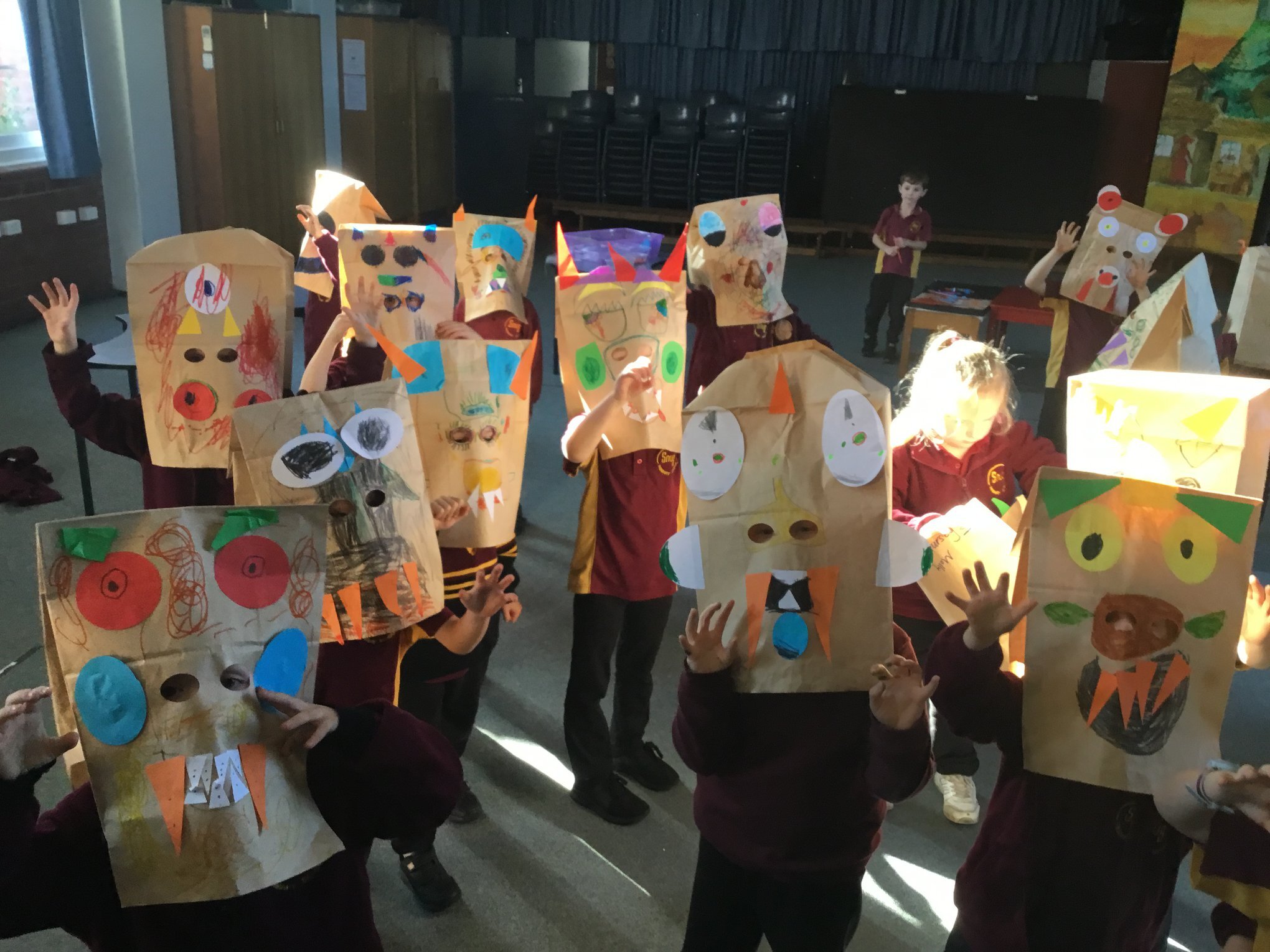Can the arts help you learn a language?
Engaging in the arts, be it dance, music, drama, visual art, poetry, creative writing, design or media arts, can help with language and literacy development, either in a person’s home language or when learning an additional language. The use of the arts to assist with language development has fast become internationally recognised for its unique and transformative approach to learning. In fact, the field is experiencing a lot of growth around the world, with arts and non-arts specialists bringing language education and art making together.
There is a strong correlation between drama, language development and literacy improvement as has been well theorised by a range of researchers (O’Neill, Winston, Dunn, Bundy, Stinson, Freebody, Piazzoli and others). Drama has been found to be highly effective in developing decoding skills, fluency, vocabulary, syntactic knowledge and discourse knowledge (Reig and Parquette, 2009). Music can assist with aural discrimination and sequencing of sounds, as well as phonological and phonemic awareness, decoding and sight identification (see research by Hansen, Bernstorf, & Stuber, 2014, Singer, 2008 and others). Leonard, Hall & Herro (2015) argue that dance is literacy. It has vocabulary, uses grammar, and relies on semantics much like traditional forms of literacy. Just like written text and verbal language, bodily practice, specifically dance, is an expression of cultural practice and meaning making. Dance helps acquire embodied knowledge and provides endless possibilities in terms of meaning making, critical thinking and analysis, and expression and representation. We live in a visually rich world and art is all around us. Engaging in visual arts can help learners improve their verbal skills when they describe artworks or processes, as well as assist the brain to learn to decipher symbols, unfamiliar scripts and images.
All of this is documented in research, but I’ve seen it with my own eyes. Through two decades of project work, at times in some very challenging situations, I’ve seen people come alive when the arts are introduced in the language classroom. I’ve seen disengaged learners drawn into the class via story and play. I’ve seen arts games that engage people’s playful sense, allowing them to relax and enjoy the learning. I’ve seen new vocabulary stick harder because it was created through a memorable experience. I’ve seen people use longer sentences and more complex vocabulary when they are in role. I’ve seen people wanting to find more words to describe pieces of music, artworks, videos or poems that have inspired strong reactions. I’ve seen disparate classes come together in an arts rich environment, even in unlikely places. I’ve seen people unwilling to leave their language classroom, or arrive early, eager to start the learning when the arts are used. I’ve seen shrieks of happiness, tears of joy, smiles and the pensive contemplation of deep, critical engagement.
The arts can do all of this and so much more. Watch this video to find see how…
Programs
I have worked on the following programs in language development and the arts, working with linguistically diverse communities:
ESL Arts: Improving language development through Drama, Cumberland High School 2002-2004
Write for Life: Story writing project with migrant women in South West Sydney, 2002
Villawood Stories: Literacy and storytelling project at Villawood Detention Centre, 2004
Win/Win Project: Arts and literacy project, Earnshaw State School and St Pius Catholic School, Banyo 2010-2014
Arts for English mentoring: Arts mentoring for migrant and refugee students, Earnshaw State High School 2012-2014
Inspiration Krew: Dance and literacy engagement program, Wacol Women’s Prison 2010-11
Regional stories: Civic engagement through the language and the arts, Young NSW 2015-2017
Asylum Seekers Centre: Speakers program development 2017
Connected: Teaching-artist for Sydney Theatre Company’s language and literacy through drama program for migrants, refugees and people seeking asylum 2016-2019
Sorgente: Facilitator and researcher for a digital storytelling project in Ireland led by Dr Erika Piazzoli, Trinity College 2020
Interlinked: Tasmanian Department of Education language development through drama, media arts and community learning 2019-2020
IEC Transitions: Collective Impact Arts drama program in NSW IECs (Intensive English Centres) 2021
Creative Multilingual Schools: Academic-in-residence and professional learning advisor at multilingual bookstore and social enterprise, Lost in Books 2018-2021
WiS (Writing in Secondary): Visual Arts researcher for NSW Department of Education Writing Project 2021
PYT Fairfield: Education resource developer for linguistically diverse theatre 2021

Georgia Freebody for IEC Transitions

Georgia Freebody for IEC Transitions

Georgia Freebody for IEC Transitions

Georgia Freebody for IEC Transitions

Georgia Freebody for IEC Transitions










References
Bundy, P. (1999) Dramatic Tension. Southport: Griffith University.
Dunn, J., Bundy, P. and M. Stinson. (2020). “Process drama in five international contexts: Considering emotional responses and dramatic structuring”. Applied Theatre Research, 8(2): 177-195.
Freebody, K. (2013). “Talking Drama into Being: Types of Talk in the Drama Classroom.” Exchanges the Warwick Research Journal 1: 1–24.
Hansen, D., Bernstorf, E., & Stuber, G. M. (2014). The music and literacy connection (2nd ed.). Lanham: Rowman & Littlefield Publishers.
Leonard, A. E., Hall, A. H., & Herro, D. (2016). Dancing literacy: Expanding children’s and teachers’ literacy repertoires through embodied knowing. Journal of Early Childhood Literacy, 16(3), 338-360.
O’Neill, C., 2006. Foreword, in: Schneider, J.J., Crumpler, T.P., Rogers, T. (Eds.), Process Drama and Multiple Literacies: Addressing Social, Cultural and Ethical Issues. Heinemann, Portsmouth, p. xi.
Piazzoli, E. and Elif Kir Cullen. (2020). “The meaning(s) of practice: Puzzling through performative language practice with refugee learners”, Applied Theatre Research, 8(2): 227-244.
Singer M J. (2008). Accessing the musical intelligence in early childhood education. Australian Journal of Early Childhood, 33(2), 49-56.
Stinson, M., 2008. Process Drama and teaching English to speakers of other languages. In Drama and English teaching: Imagination, action and engagement, ed. M. Anderson, J. Hughes, and J. Manuel, 193 213. Oxford: Oxford University Press.
Stinson, M., Winston, J., 2011. Drama education and second language learning: a growing field of practice and research. Res. Drama Educ. J. Appl. Theatre Perform. 16, 479–488.